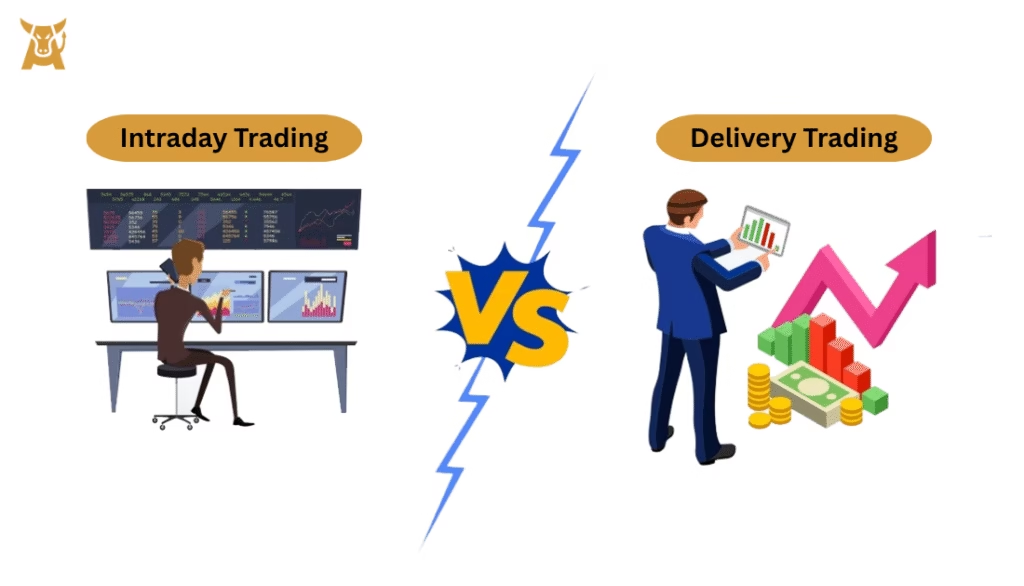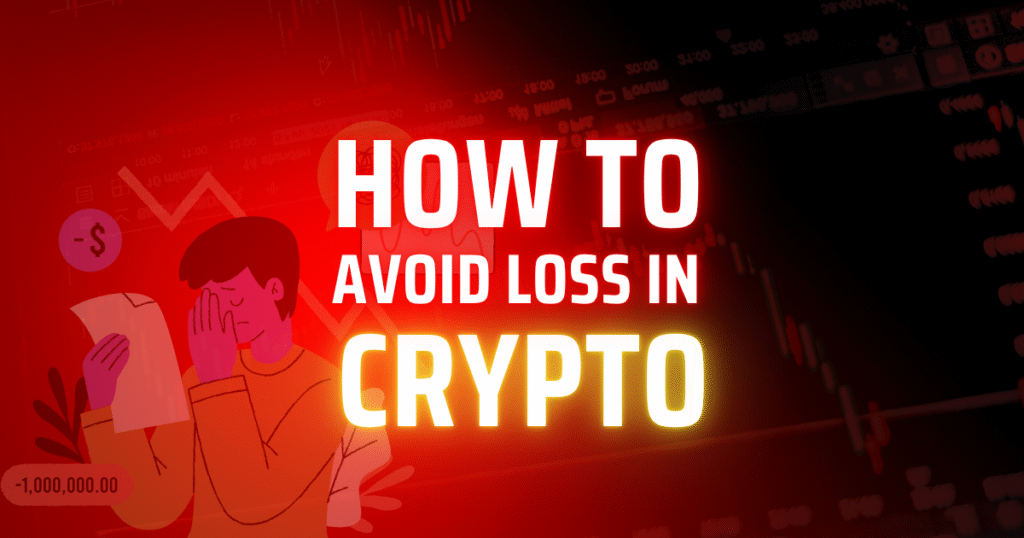
Intraday vs Delivery : 7 Key Points Every Trader Must Know
Before entering the stock market, a trader has to decide whether he will do intraday trading or delivery trading. However, both are risky because if you are a beginner, you will not have the right knowledge and will not have the knowledge to take a decision.
In this article, we’ll explore 7 key points every trader must know to make an informed decision between intraday and delivery trading.
1. Definition & Time Horizon
Intraday Trading involves buying and selling stocks within the same trading day. Positions are squared off before the market closes, and no holdings are carried overnight. The goal of the trade is to gain momentum and make profits in the short term.
Delivery Trading on the other hand, refers to buying stocks and holding them for a longer period — from days to even years. The stocks are transferred to your demat account, and you become the actual owner until you decide to sell.
- Intraday = short-term, same-day trades
- Delivery = medium to long-term holding
2. Capital Requirement & Leverage
The biggest attraction in intraday trading is that we get up to 5x leverage. You can trade for Rs. 50,000 by paying Rs. 10,000.
In delivery trading, we have to buy the stock by paying the full amount, here margin is not available
- Intraday allows higher leverage, but also higher risk.
- Delivery requires full capital and is safer in terms of leverage usage.
3. Risk and Volatility
Intraday trading is very difficult and risky because the candles move up and down in a minute and in a few seconds, so the losses are high here. If you want to master candlesticks, then it can be profitable to a great extent.
In delivery training your loss can be less as you fold the stock for a long time. However, unlike short term, there is not much fluctuation in it and risks can be involved. If you have picked fundamental stocks, then your result will be good to a great extent.
- Intraday = high risk, high reward
- Delivery = lower risk, potential long-term reward
4. Time Commitment
Intraday trading is time-intensive. You need to monitor charts, follow market news, and make quick decisions during trading hours. It is almost a full-time job.
Delivery trading is more passive. You can research, invest, and monitor your portfolio occasionally without constant tracking.
- Intraday is for active traders
- Delivery suits working professionals and part-time investors
5. Brokerage Charges and Costs
Brokerage fees differ significantly between intraday and delivery trades.
- Intraday charges are usually lower since brokers incentivize frequent trading.
- Delivery trades often attract higher brokerage, STT (Securities Transaction Tax), and other charges like DP (Depository Participant) charges.
- Intraday = low per-trade cost but can add up
- Delivery = higher per-trade cost but fewer trades
6. Tax Implications
Tax is applicable on both intraday trading and delivery trading
- Intraday profits are treated as speculative income and taxed as per your income slab. Losses are also considered speculative and cannot be adjusted against other income types.
- Delivery trading profits fall under capital gains:
- Short-term capital gains (STCG) if held < 1 year — taxed at 15%
- Long-term capital gains (LTCG) if held > 1 year — tax-free up to ₹1 lakh per annum, then taxed at 10%
- Intraday = taxed as speculative income
- Delivery = taxed as capital gains (more tax-efficient for long-term holders)
7. Suitable for
Intraday trading is suitable for:
- Traders with deep market knowledge
- People who can dedicate time during market hours
- Those comfortable with high risk and fast decisions
Delivery trading is suitable for:
- Beginners and long-term investors
- Those who prefer lower risk and minimal monitoring
- Investors interested in wealth creation over time
Conclusion: Which is Better – Intraday or Delivery?
Both types of trading involve risk and capital. It depends on you which one you are comfortable with and how you can trade. Some traders even use a hybrid approach, doing intraday trading with a part of their capital and investing the rest for delivery in fundamentally strong stocks. Intraday vs Delivery: Know your strengths and play to them. So This is my Intraday vs Delivery : 7 Key Points Every Trader Must Know
Disclaimer :
The opinions and tips shared on Namosbull.com are for educational purposes only and reflect the views of individual experts. Trading and investing in financial markets involve risk. Please consult a certified financial advisor before making any investment decisions. Namosbull.com and its team are not liable for any financial losses incurred based on the content provided.



